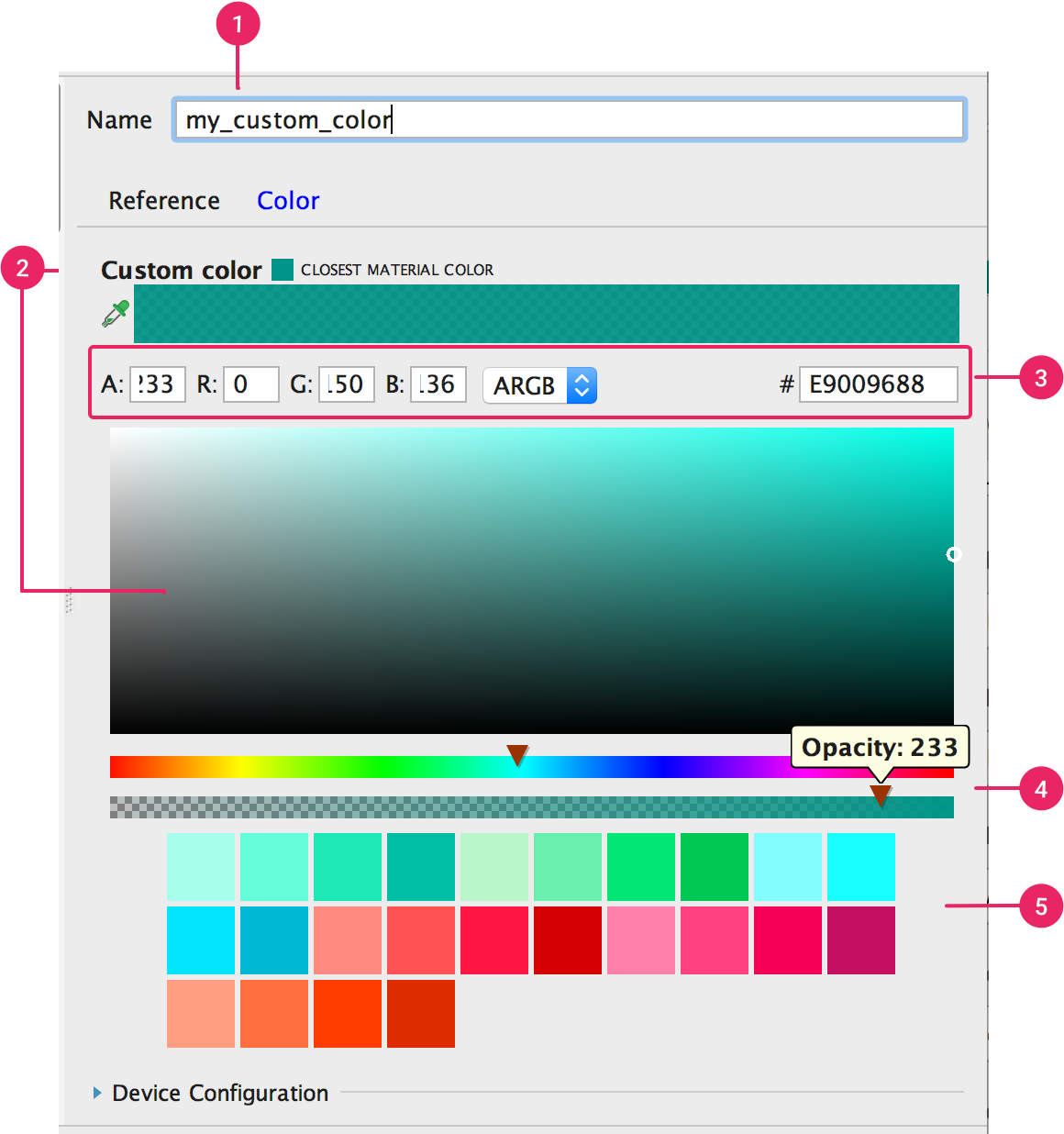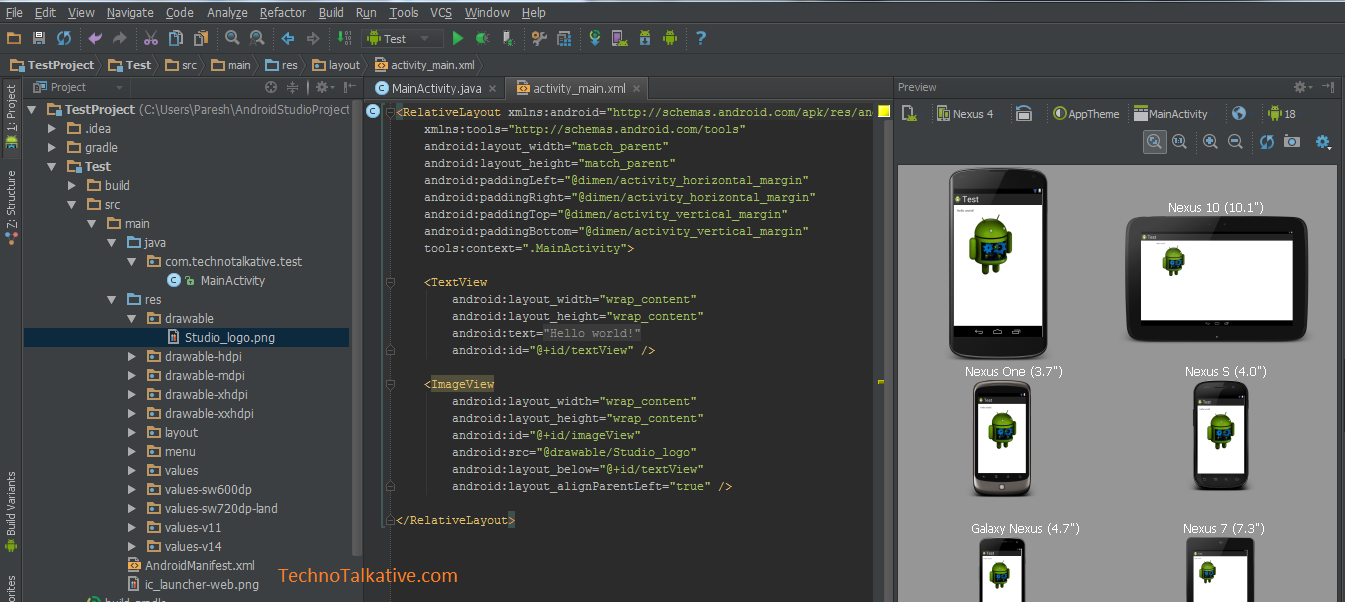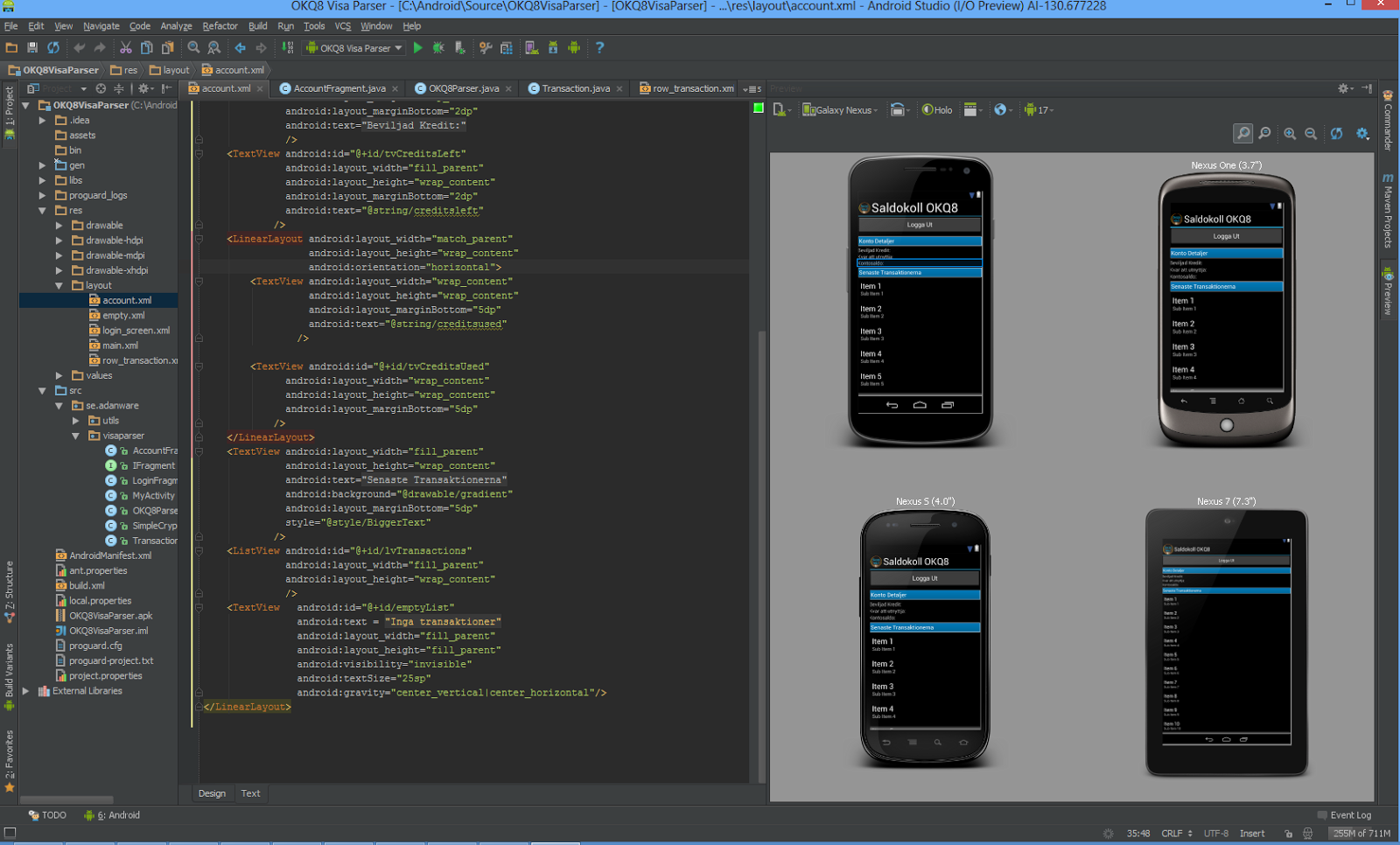
#WHERE TO MAKE THEME ANDROID STUDIO ANDROID#
However please don’t rush overriding the manifest to change the theme! We have one more thing for you ☺ At runtime, on initialization, Unity Android player checks whether you changed the default Unity theme ():
#WHERE TO MAKE THEME ANDROID STUDIO PATCH#
Unity 5.0 family – from Unity 5.0.1 Patch 4.Unity 4.6 family – from Unity 4.6.4 Patch 4.Setting your own theme works starting from version: Good news is that we now allow you to override this setting in your own manifest (more details on overriding the manifest are here, long story short – place your manifest into Assets/Plugins/Android/AndroidManifest.xml, but beware as it overrides our manifest completely).


If you take a look at our default manifest, you will see the following:īy default, we are applying the theme that is available on all supported devices (Android 2.3 Gingerbread and later). You can add appcompat to a Unity game yourself if you’d like to – either as a plugin or in Android Studio after exporting the project.

This is a good way to go with regular Android apps, however we at Unity do not include appcompat into our standard package for a number of reasons (apk size being the most important). Google publishes this library for the developers to be able to apply recent themes to older devices, for example, Material to pre-Lollipop devices. However, there is another way to deal with the themes – appcompat library, which is a part of the Android Support Library package. Third point of applying the themes – if you want to get your game or app featured by Google, you have to apply the latest theme available at the moment (now this is Material).


 0 kommentar(er)
0 kommentar(er)
